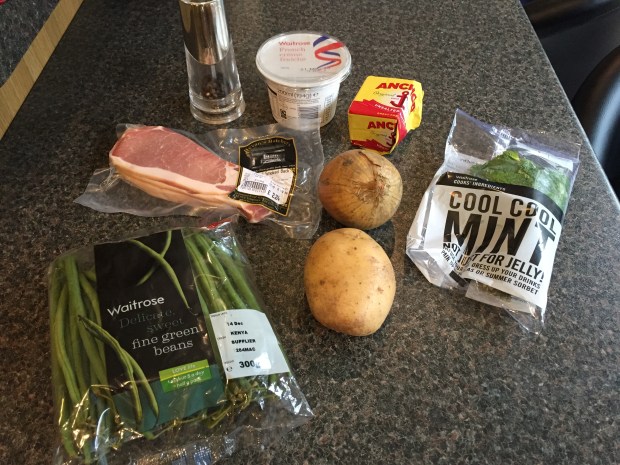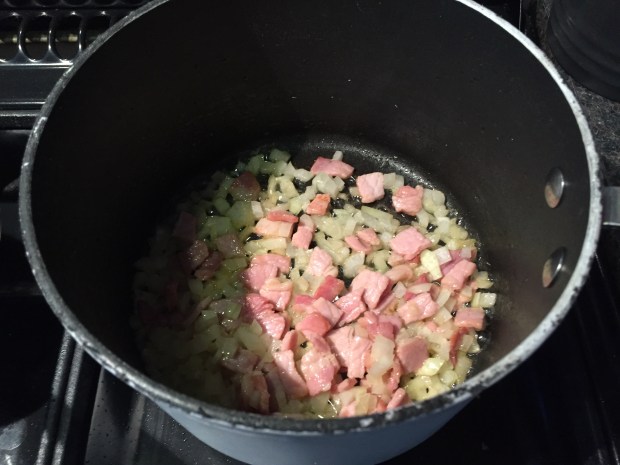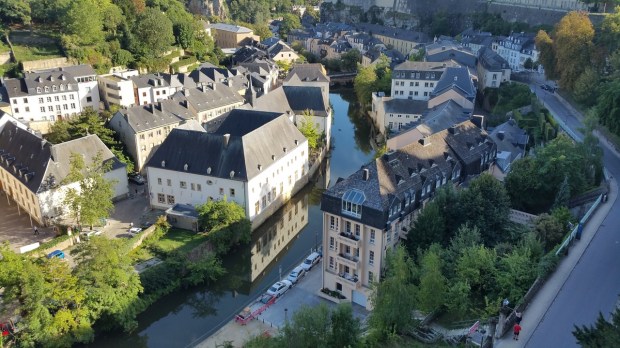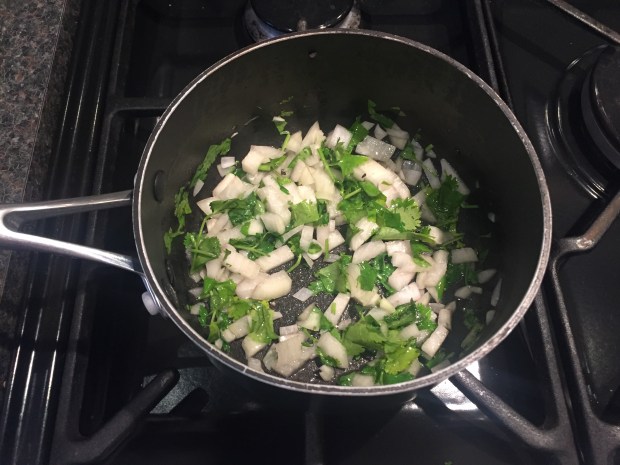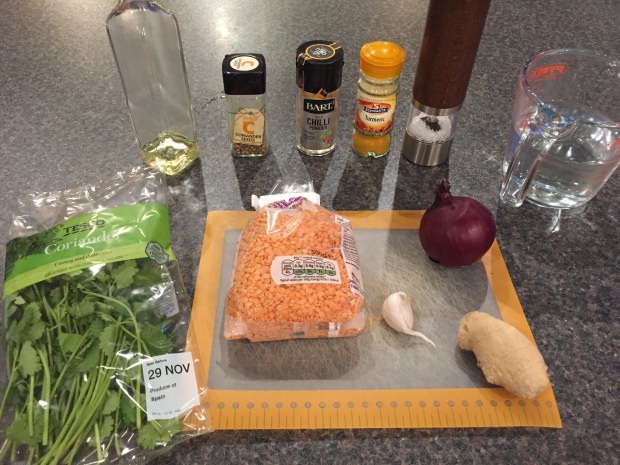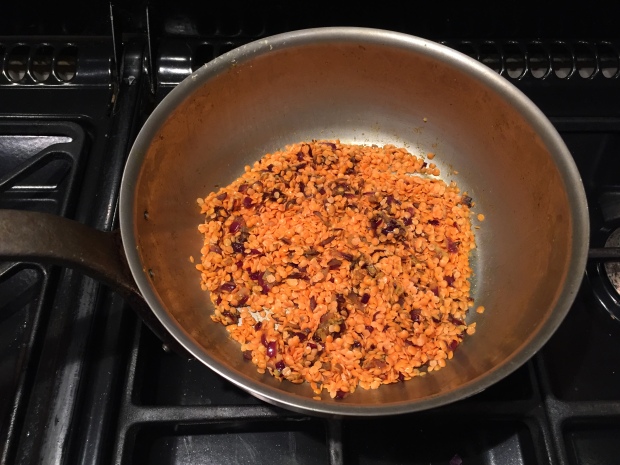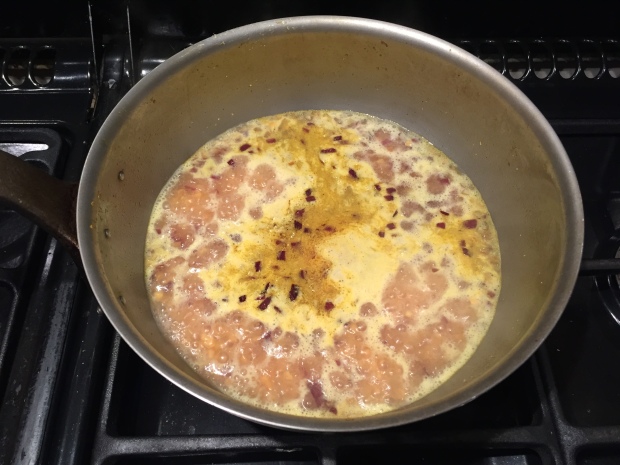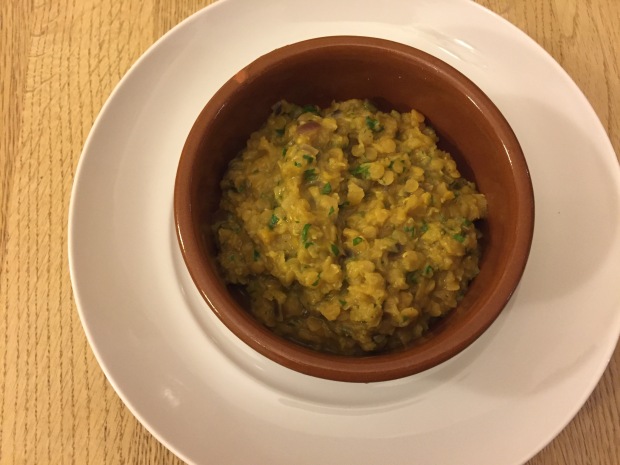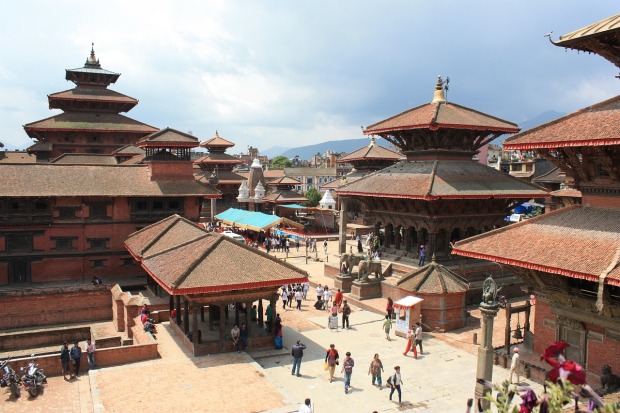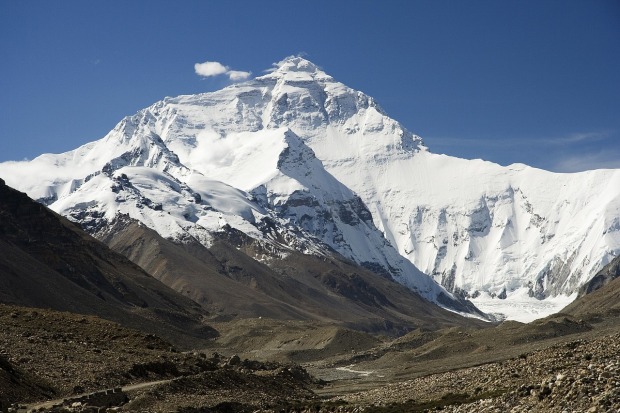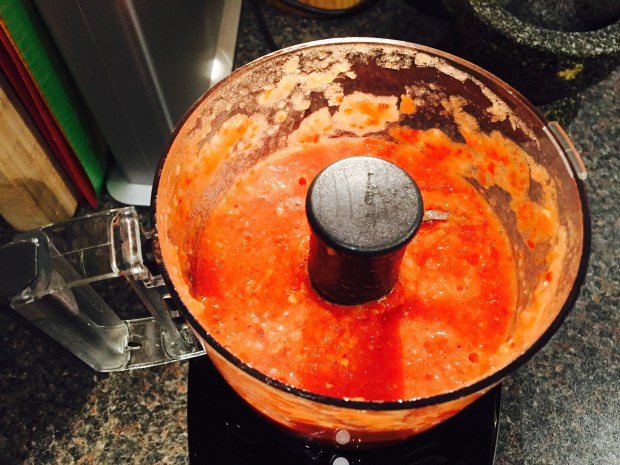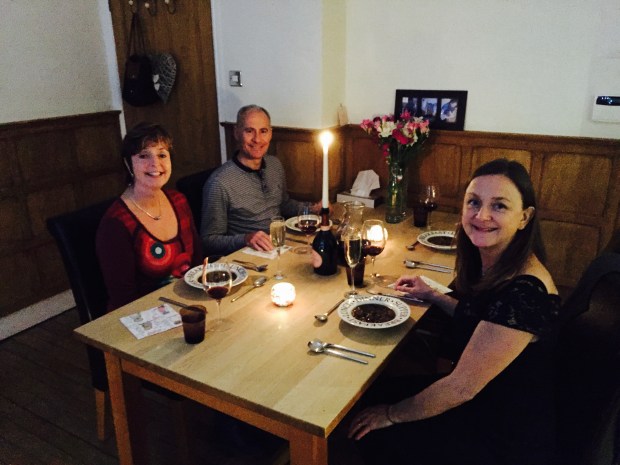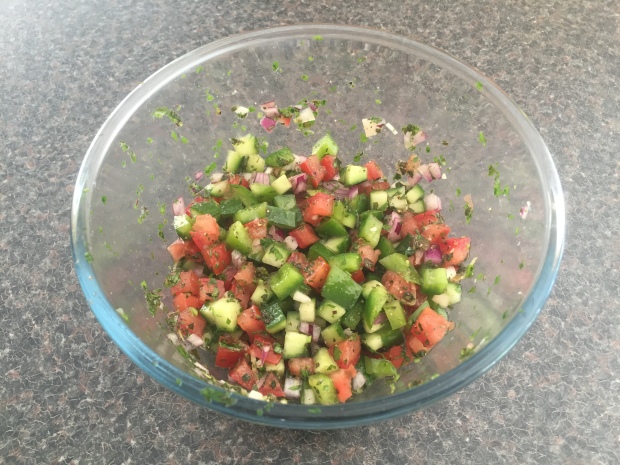Luxembourg is a parliamentary representative democracy with a constitutional monarch, ruled by a Grand Duke. It is the world’s only remaining sovereign Grand Duchy. The country has a highly developed economy, with the second highest GDP per capita in the world, after Qatar. Luxembourg is a founding member of the EU, NATO, United Nations, Benelux and the Western European Union, reflecting the political consensus in favour of economic, political and military integration.
Consistently ranked among the world’s top three nations in both wealth and wine consumption. Luxembourg’s prosperity was formerly based on steel manufacturing, however with the decline of that industry, Luxembourg diversified and is now best known for its status as Europe’s most powerful investment management centre.
The country is mostly rural, featuring dense Ardennes forest, nature parks in the north rocky gorges in the east and the Moselle river valley in the southeast. Its capital, Luxembourg city, is famed for its medieval old town perched on sheer cliffs. A popular tourist attraction is the vast Bock Casemates tunnel encompassing a dungeon, prison and the Archaeological Crypt. These subterranean tunnels and passageways were first built in 1644, in the era of the Spanish domination, and in 1933 they were opened to the public. Luxembourg is also home to “Europes most beautiful balcony” – Le Chemin de la Corniche, a cobbled promenade along the side of a cliff, with views across the river canyon, the Alzette valley and the viaduct.
Luxembourgish cuisine is influenced by the cuisines of neighbouring France, Belgium and Germany. It’s certainly not a cuisine for those on a diet, but it’s definitely tasty with lots of meat, fish, potatoes, beans, and dashes of cream and wine. Some of the tasty recipes I considered were Judd mat Gaardebounen (smoked neck of pork with broad beans), F’rell Am Rèisleck (fried trout in a rich Riesling wine and cream sauce) Stäerzelen (a dish made of buckwheat flour with smoked bacon and cream), Friture (fried fish from Luxembourg’s part of the Moselle river), Gromperekichelcher (crispy fried potato cakes or fritters), Huesenziwwi (hare stew) and Paschtéit or bouchée à la reine (like vol aux vents). I opted for Bouneschlupp (green bean soup with smoked bacon) which was exceptional.
Rating: 10/10
Serves: 4
Prep time: 20 minutes
Cook time 1 hr 15 minutes
400g green beans, sliced in 1 cm pieces
100g onions, chopped
150g potatoes, cubed
100g smoked bacon
25g butter
1500ml chicken or vegetable stock
75ml double cream or crème fraiche
1 tbsp fresh mint, chopped
Salt
Freshly ground pepper
Heat the butter in a large saucepan and fry the bacon for 5 minutes
Add the chopped onions and fry for 5 minutes
Add salt, pepper and mint, beans and stock
Cook for 45 minutes
Add diced potatoes and cook for 20 minutes until they are just soft
Add cream
Check seasoning and serve
